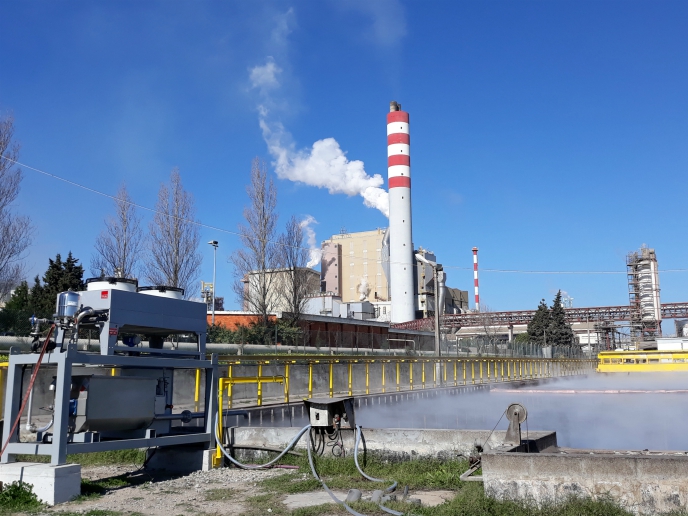Cool ways of using low-grade energy from sewage and industrial wastewater
Heating and cooling in buildings and industry account for half of the EU’s energy consumption. According to 2019 figures from Eurostat, approximately 75 % of heating and cooling is still generated from fossil fuels. Gathering 13 partners from 7 European countries, the EU-funded LOWUP project has demonstrated innovative technologies that capture and reuse low-grade energy. Waste heat is an untapped resource that offers a step forward towards significantly reducing primary energy consumption and CO2 emissions.
Flushing valuable heat out of sewers
As surprising as it may seem, beneath our feet is a hidden source of energy that has remained virtually unnoticed: domestic sewage. According to studies conducted in Germany and Switzerland, 3 % of all buildings could be supplied with heat (or cold) by harnessing heat from wastewater. “Sewage systems contain wastewater whose temperatures vary between 10 °C and 25 °C. This temperature permits economical operation of heat pumps for the heating (or cooling) of tertiary buildings, such as hospitals, hotels, swimming pools and malls,” notes Rafael Socorro, project coordinator. Compared to other traditional energy sources for heat pumps (groundwater, geothermal heat, outdoor air), wastewater from residential drainage systems offers an ideal basis for heat recovery as it exhibits higher temperatures. The challenge is to combine a high-performance heat exchanger (which extracts heat from sewage) with a heat pump. The innovative HEAT-LowUP solution relies on a hybrid heat exchanger developed by project partner Wasenco. The system recovers around 20–30 % heat from the wastewater going down the drain to heat water used in the kitchen and for laundry. It does so by consuming virtually no electricity thanks to a passive solution implemented.
Recovering heat from industrial wastewater
Project partners have also unveiled HP-LowUP – a solution that recovers heat from lukewarm wastewater produced by industrial processes. Key to the success has been a rotating heat exchanger developed by project partner Pozzi Leopoldo Srl. “This type of heat exchanger is specifically designed to work with dirty effluents containing mechanical particulate, without losing efficiency. By holding a constant rotation of the exchanging surfaces (the discs), it can keep itself clean, requiring little-to-no maintenance,” explains Socorro. “Normally, heat exchangers tend to clog or foul when processing dirty fluids, which can impair the efficiency of wastewater energy recovery installations to a high degree. In the worst case, they can decrease the heat transmission performance of the heat exchanger by a factor of 2.5” adds Socorro. Apart from the new heat exchanger design, researchers improved the expansion valve control which now has a higher heat transfer coefficient. They also introduced a new control system that offers more accurate feedback on the heat pump state. HP-LowUP has not been put into practice yet, but first results in a tannery have shown great promise for its widespread use in an industrial environment. Low-temperature discharges (29 °C) were converted into usable pre-heated water (40 °C). “The largest part of the thermal power needed by the heat recovery plant (around 500 kW) was supplied by only consuming around 50 kW (stemming from the system’s auxiliary instruments and the heat pump), resulting in an outstanding overall coefficient of performance. Assuming that the system is working 168 h/week for 48 weeks/year, it can recover 3 792 MW/year and avoid the emission of 1 250 tonnes/year of CO2,” concludes Socorro.
Keywords
LOWUP, wastewater, heat exchanger, sewage, heat pump, heating and cooling, waste heat, low-grade energy, energy efficiency, energy efficiency in industry







